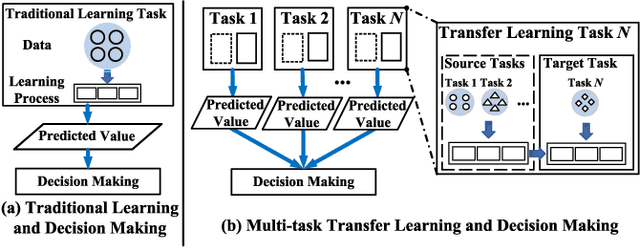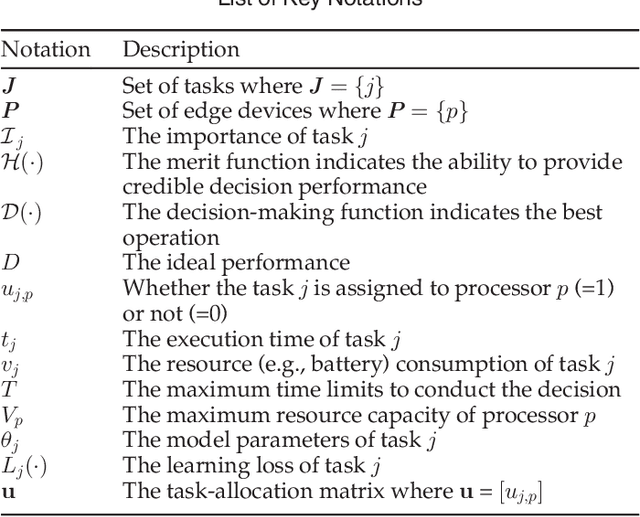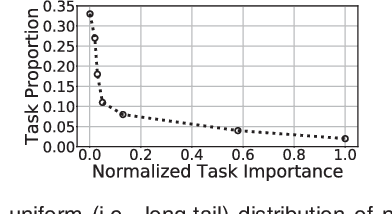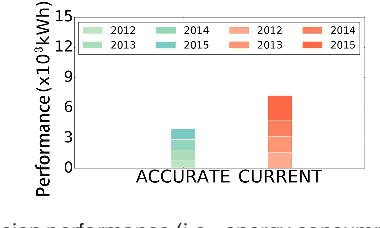On-edge Multi-task Transfer Learning: Model and Practice with Data-driven Task Allocation
Paper and Code
Jul 06, 2021



On edge devices, data scarcity occurs as a common problem where transfer learning serves as a widely-suggested remedy. Nevertheless, transfer learning imposes a heavy computation burden to resource-constrained edge devices. Existing task allocation works usually assume all submitted tasks are equally important, leading to inefficient resource allocation at a task level when directly applied in Multi-task Transfer Learning (MTL). To address these issues, we first reveal that it is crucial to measure the impact of tasks on overall decision performance improvement and quantify \emph{task importance}. We then show that task allocation with task importance for MTL (TATIM) is a variant of the NP-complete Knapsack problem, where the complicated computation to solve this problem needs to be conducted repeatedly under varying contexts. To solve TATIM with high computational efficiency, we propose a Data-driven Cooperative Task Allocation (DCTA) approach. Finally, we evaluate the performance of DCTA by not only a trace-driven simulation, but also a new comprehensive real-world AIOps case study that bridges model and practice via a new architecture and main components design within the AIOps system. Extensive experiments show that our DCTA reduces 3.24 times of processing time, and saves 48.4\% energy consumption compared with the state-of-the-art when solving TATIM.
 Add to Chrome
Add to Chrome Add to Firefox
Add to Firefox Add to Edge
Add to Edge